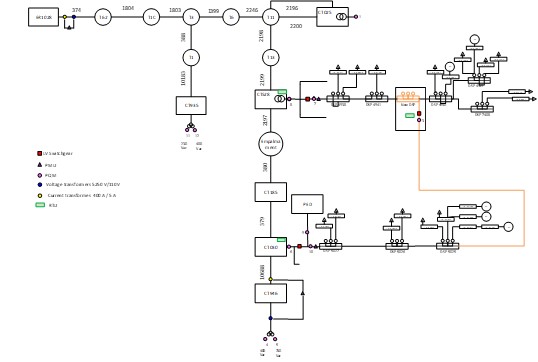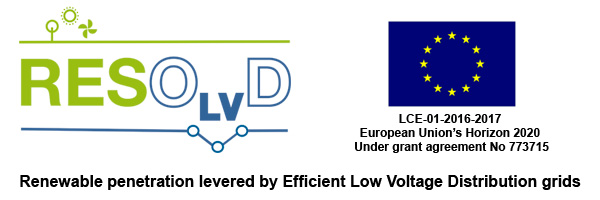ComSensus: Decision support for self-healing (fault detection and localization)
The electric network is widely considered to be among the most critical infrastructure in the world, especially in advanced economies. Its infrastructure is of severe importance and so, failures and outages bring consequences that could usually reach far beyond the power sector. In particular, the power sector is seen as uniquely critical for the “enabling function” it provides across all critical infrastructure sectors.
Services like transport, finance and water supply are among the most highly dependent on the energy network and would be severely impacted in case of failure, leaving the population, in a word, vulnerable. The increasingly complexity of the electric network, together with the general raise of energy demand, implies a correct operation of the whole infrastructure and its components to make it work without interruptions.
Up to 80% of all outages in the distribution networks are consequence of faults or short circuits, principally due to equipment malfunctions, weather conditions, animal contact or even poor vegetation management and so, a prompt fault localization and mitigation are of a paramount importance for the electrical utilities.
RESOLVD partners have worked together during the project execution in order to achieve this functionality, developing the so-called fault detection and localization algorithms (FLA). In essence, the operation of a FLA is based on numerical and mathematical methods coming from circuit theory, and is fed from different metering devices, also developed and deployed in the RESOLVD pilot phase, called phasor measurements units (PMUs) and power quality meters (PQMs).
The main goal of the implemented FLA is to report on the location of a particular fault occurred in the network and consequently inform in near real-time to the distribution system operator (DSO).

Such localization of the fault can help to expedite the repair of the faulted components and significantly speed up the power restoration process, since the repair crew does not need to manually investigate the line or wait for the report from the offline customers to help them localize the fault anymore.
In turn this can help the DSO to minimize the area of affected customers, and process with the isolation of the faulted area and consequently improving the power quality indexes such as System Average Interruption Duration Index (SAIDI) and System Average Interruption Frequency Index (SAIFI).
Furthermore, since the FLA is also capable of detecting and localizing faults that are of temporary nature, the DSO is also enabled to investigate those in more detail. The granular measurements from the PMUs provide enhanced insight in the fault and help understand what kind of fault took place.
This is important since the temporary faults are usually unnoticeable, whereas the DSOs have now mechanisms for the location of such faults and potentially identify malfunctioning equipment (due for instance to poor isolation), allowing for preventive replacement even avoiding potentially permanent fault in the future.
